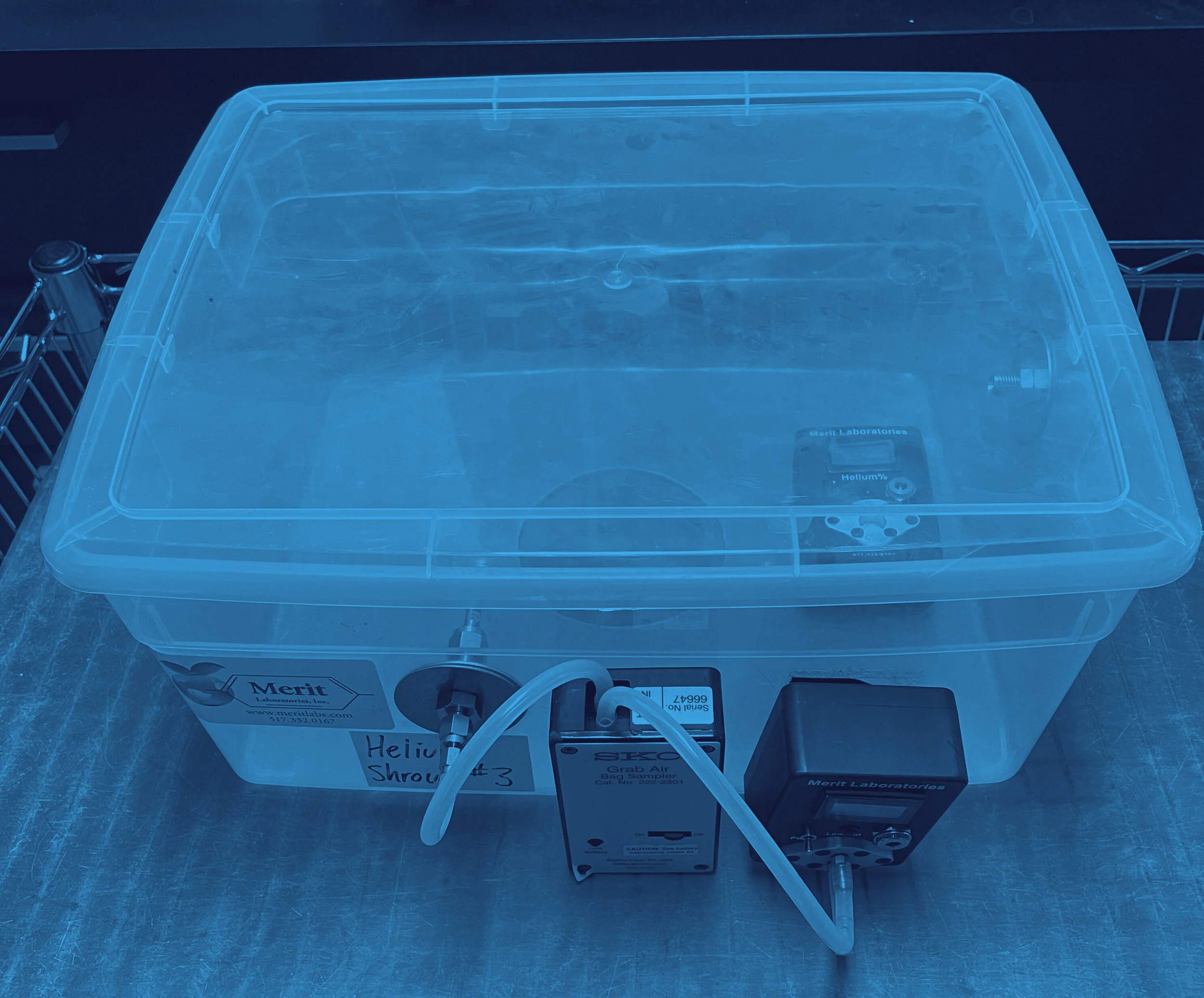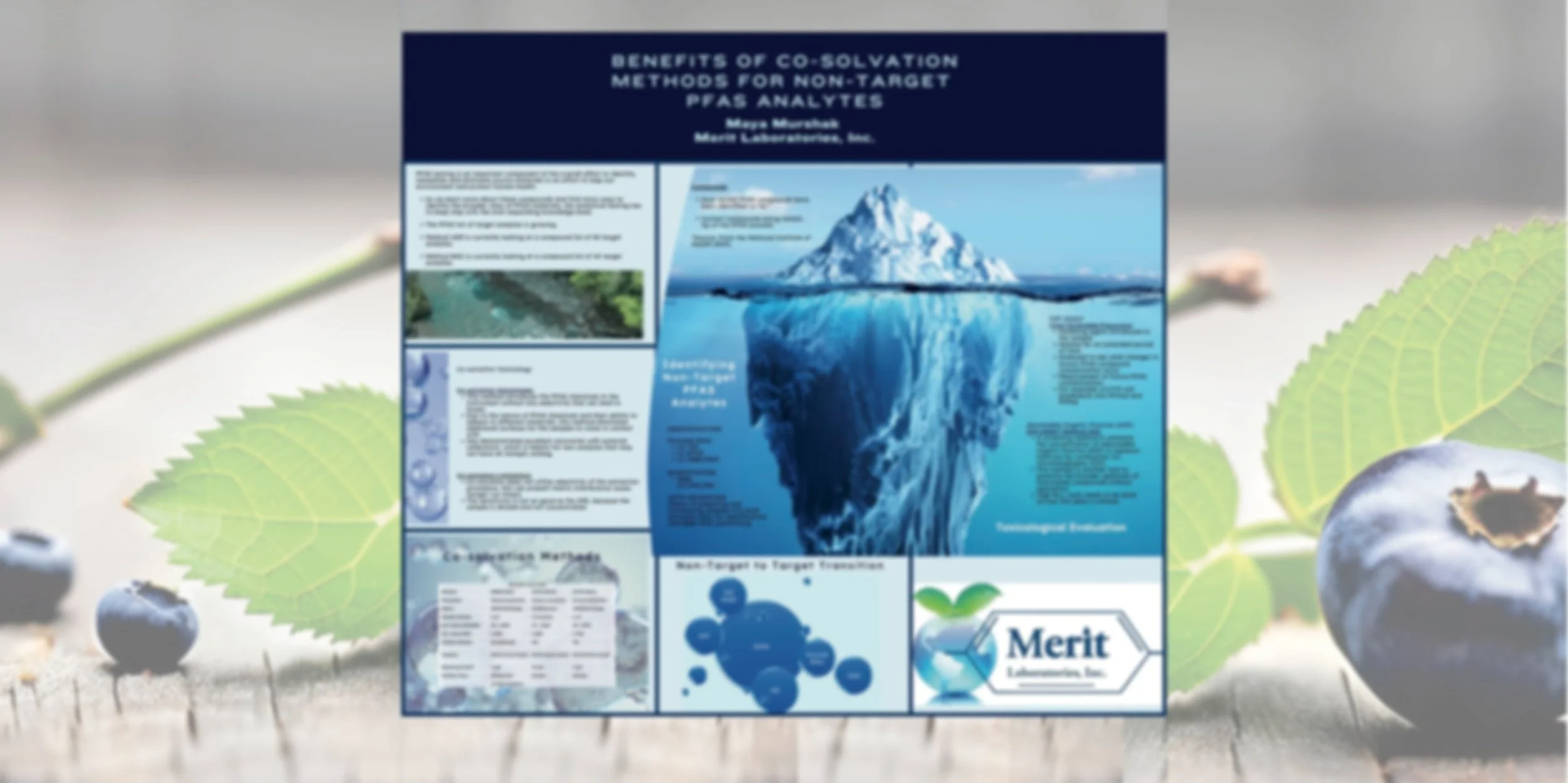The U.S. House passed the PFAS Action Act of 2021 earlier this summer, which is now working its way through the Senate. The act requires the creation of a school drinking water testing and grant program. Section 18 of the PFAS Action Act states that, no later than 1 year after the date of enactment, a program be implemented to enact grants for testing for PFAS in drinking water at schools.
List of Potential PFAS Polluters Grows to 30,000
A recent update from the Environmental Working Group (EWG) estimates that the number of manufacturers and users of PFAS in the United States has increased more than 12 times the previous estimate. The industrial sites are suspected of releasing PFAS into the environment, including drinking water sources.
House Passes PFAS Action Act of 2021
The U.S. House passed the PFAS Action Act of 2021. The legislation would require the U.S. EPA to administer a national primary drinking water standard for PFAS chemicals within two years. Some of the specific bill highlights include restricting industrial discharges of PFAS; allocating $200 million annually for wastewater treatment; and limiting the incineration of PFAS wastes.
PFAS Used in Hydraulic Fracturing in Six States, According to PSR Report
Oil and gas companies used PFAS in hydraulic fracturing operations in over 1,200 wells in six states, according to a report published by the Physicians for Social Responsibility (PSR). The report, Fracking with Forever Chemicals, links oil and gas operations in Arkansas, Louisiana, New Mexico, Oklahoma, Texas, and Wyoming, with using PFAS as part of fracking operations, between 2012 and 2020.
PFAS Detected in Cosmetics According to Study Published by ACS
In a new PFAS research study, scientists at the University of Notre Dame have detected PFAS in many of the most commonly used cosmetics, including the highest levels in mascara, lipstick, and foundation. The study, Flourinated Compounds in North American Cosmetics, published by the American Chemical Study in June, found that more than half (52%) of all cosmetics tested contained had high fluorine concentrations.
It’s Raining, It’s Pouring, PFAS is Soaring!
Rainwater in the Great Lakes region contains alarming levels of the toxic chemical PFAS, according to data from a joint Environmental Protection Agency and Canada monitoring network, as detailed in a recent article from EWG.
EPA Announces Changes to PFAS Review Policy
The EPA recently announced changes in policy to new PFAS before it can enter the market. The current administration has made a commitment to focus on PFAS pollution and protect human health and the environment. Previously, some new PFAS were allowed to enter the market through low volume exemptions (LVEs).
State Infrastructure Needs Prioritize Clean Water
Years of underinvestment in Michigan’s infrastructure, including roads, bridges, dams, schools, transit, water and sewer systems, railways and energy systems, have left the state in a precarious position, according to the American Society of Civil Engineers (ASCE) 2018 Report Card for Michigan's Infrastructure and the 21st Century Infrastructure Commission.
High Concentrations of PFAS Foam Forming on Lakes and Rivers
The Michigan Department of Environment, Great Lakes, and Energy (EGLE) released an update on the foam that often appears on Lakes and Streams. The EGLE routinely receives complaints about foam on rivers or lakes. This foam can be naturally occurring foam or foam caused by environmental pollution. Many things can be introduced into a lake or stream that may cause foam to form.
Michigan Adds Another 72 PFAS Contaminated Sites; Grows to 165 Sites
In a growing trend, another 72 sites with PFAS contamination have been added to the latest list of Michigan sites. The newest Michigan EGLE PFAS Map Tracker shows that the number of confirmed PFAS contaminated sites has grown to 165, up from 93 in June 2020. The latest list of PFAS contamination includes sites spread across Michigan, throughout both the lower and upper peninsulas, in rural, suburban, and urban areas.















